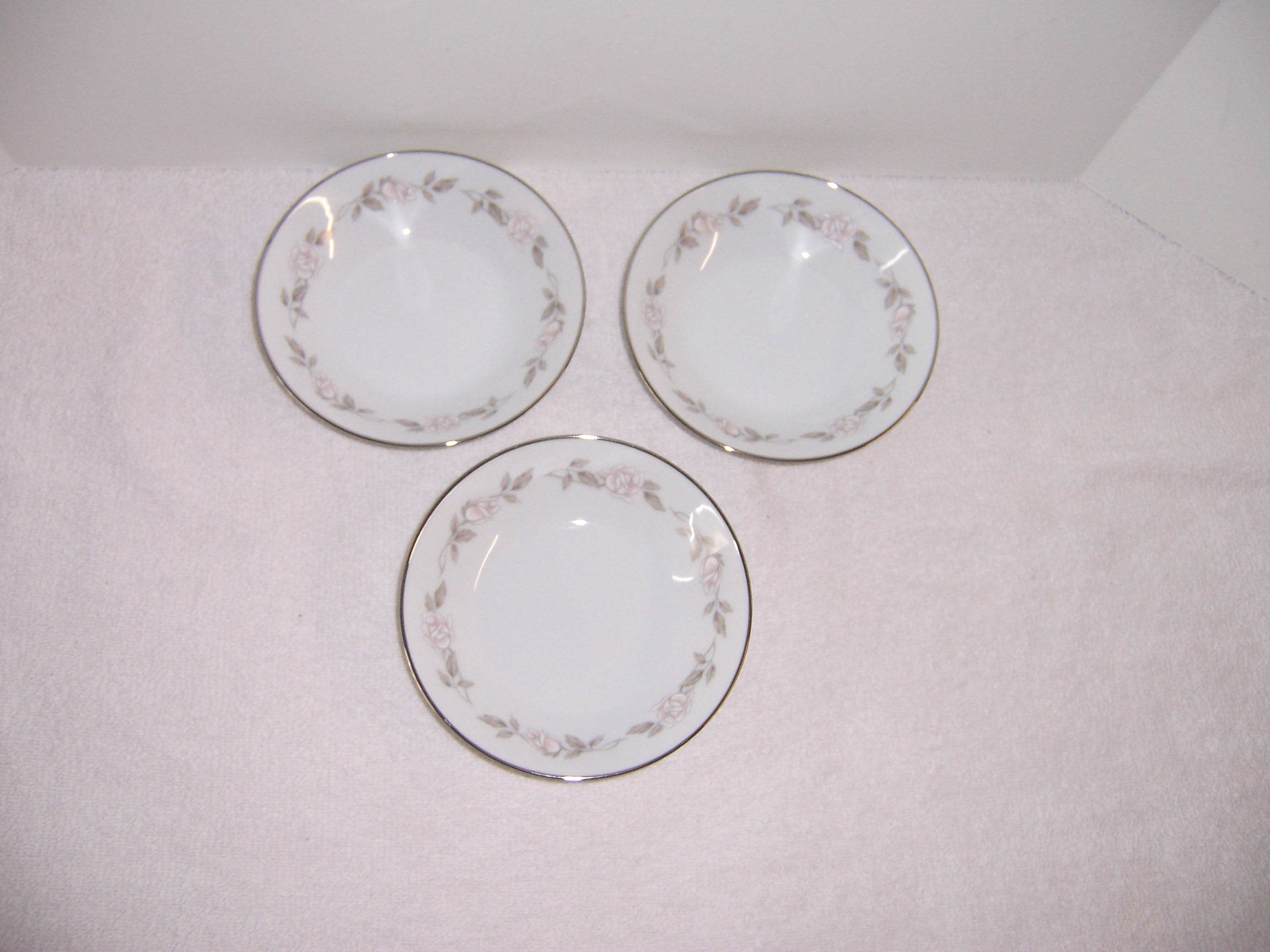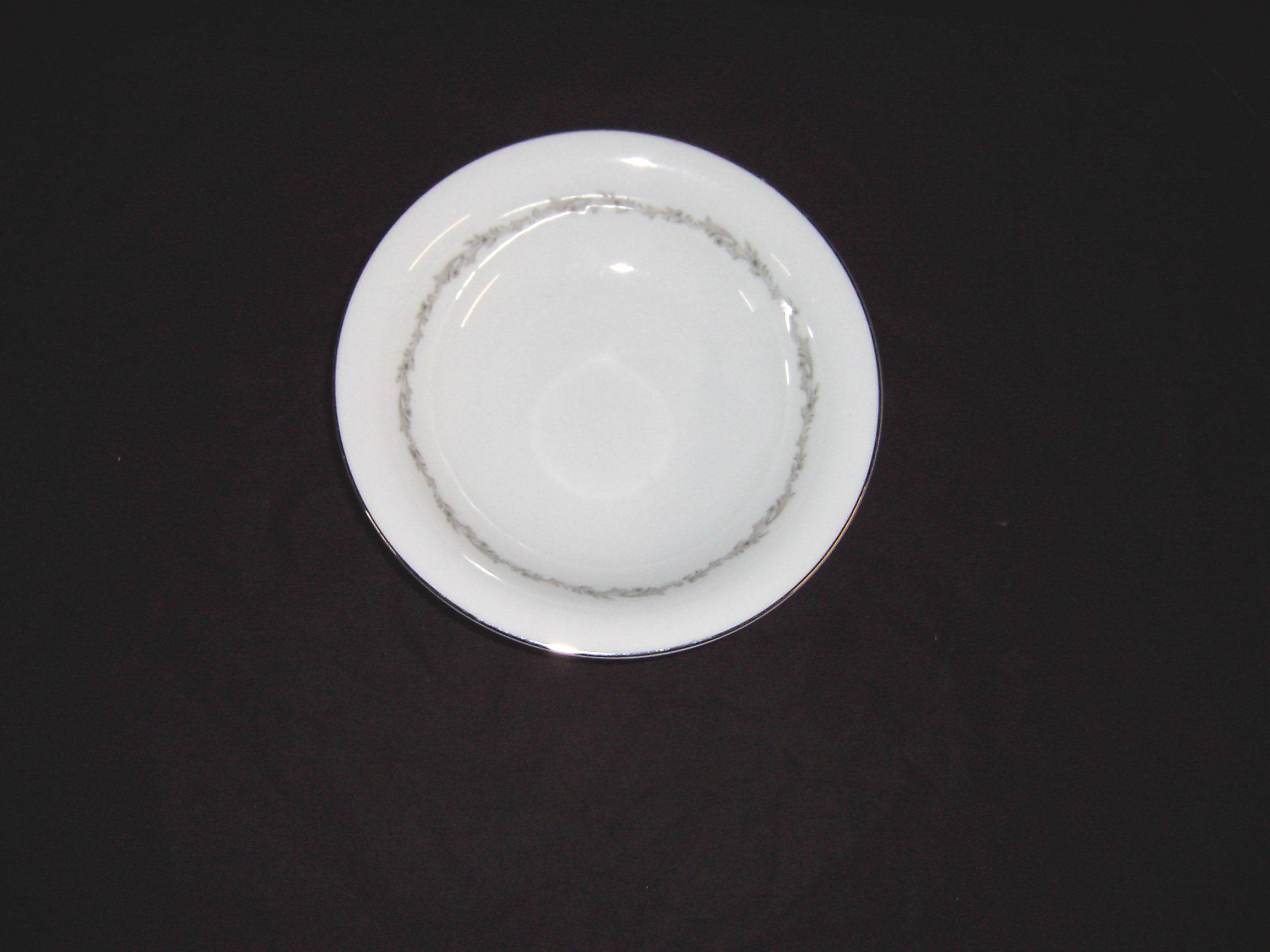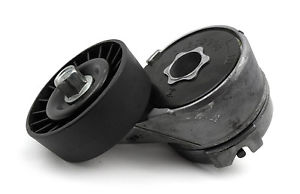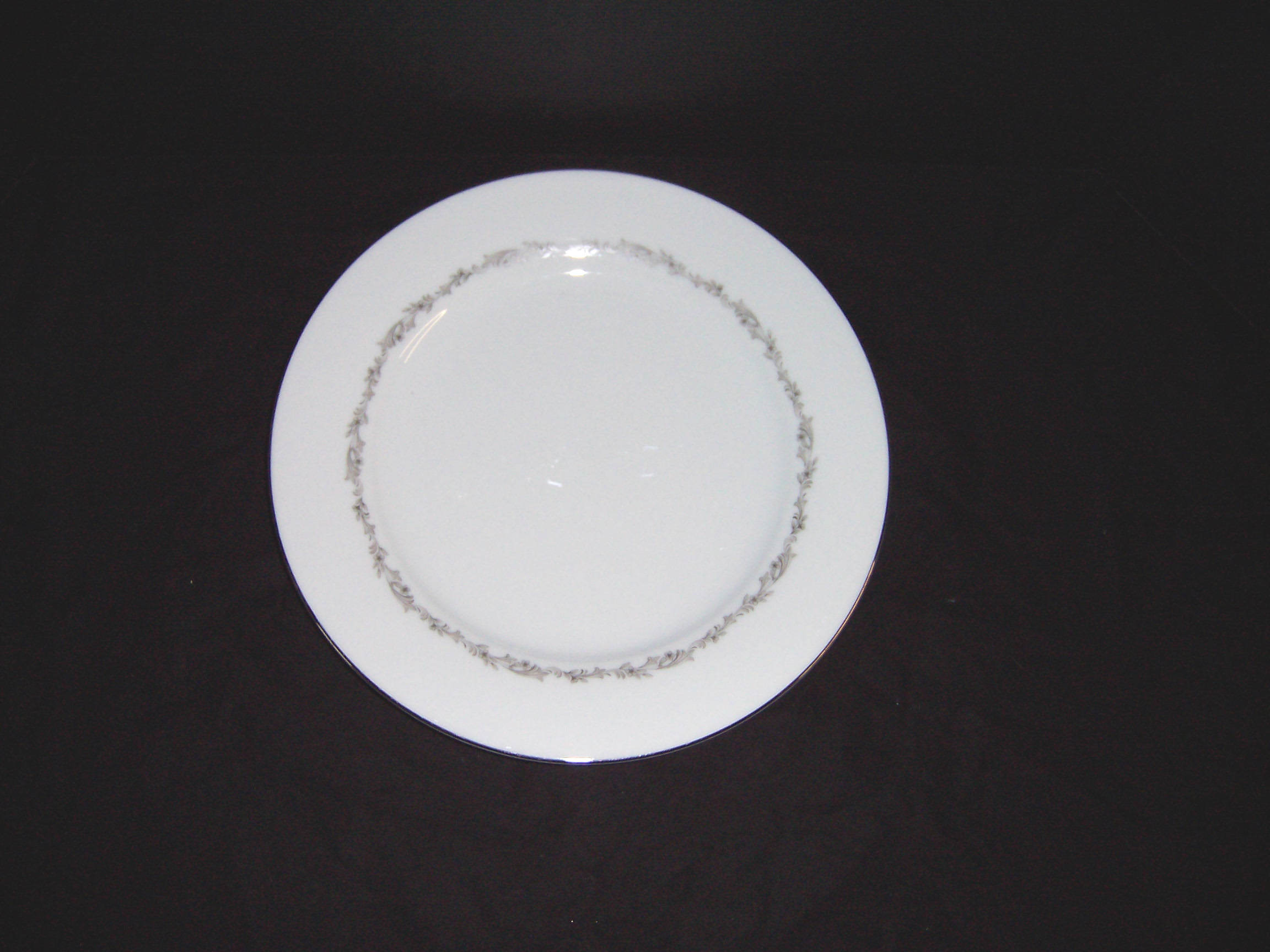Description
Pyrex Woodland Brown 10 in Cinderella Mixing Bowl
10 7/8 in
2.5 qt
Pyrex 443
History
Borosilicate glass was first made by German chemist and glass technologist Otto Schott, founder of Schott AG in 1893, 22 years before Corning produced the Pyrex brand. Schott AG sold the product under the name “Duran.”
In 1908, Eugene Sullivan, Director of Research at Corning Glass Works, developed Nonex, a borosilicate low-expansion glass, to reduce breakage in shock-resistant lantern globes and battery jars. Sullivan had learned about Schott’s borosilicate glass as a doctoral student in Leipzig, Germany. Jesse Littleton of Corning discovered the cooking potential of borosilicate glass by giving his wife a casserole dish made from a cut-down Nonex battery jar. Corning removed the lead from Nonex, and developed it as a consumer product. Pyrex made its public debut in 1915 during World War I, positioned as an American-produced alternative to Duran.
A Corning executive gave the following account of the etymology of the name “Pyrex”:
The word PYREX is probably a purely arbitrary word which was devised in 1915 as a trade-mark for products manufactured and sold by Corning Glass Works. While some people have thought that it was made up from the Greek pyr and the Latin rex we have always taken the position that no graduate of Harvard would be guilty of such a classical hybrid. Actually, we had a number of prior trade-marks ending in the letters ex. One of the first commercial products to be sold under the new mark was a pie plate and in the interests of euphonism the letter r was inserted between pie and ex and the whole thing condensed to PYREX.
In the late 1930s and 1940s, Corning also introduced other products under the Pyrex brand, including opaque tempered soda-lime glass for bowls and bakeware, and a line of Pyrex Flameware for stovetop use; this borosilicate glass had a bluish tint caused by the addition of alumino-sulfate. In 1958 an internal design department was started by John B. Ward. He redesigned the Pyrex ovenware and Flameware. Over the years designers such as Penny Sparke, Betty Baugh, Smart Design, TEAMS Design, and others have contributed to the design of the line.
Corning divested its consumer products division in 1998, forming the company World Kitchen, LLC. Corning discontinued its production of Pyrex products, but still licensed the Pyrex brand name to other companies, including World Kitchen, and Newell Cookware Europe. France-based cookware maker Arc International acquired Newell’s European business in early 2006, and currently owns rights to the brand in Europe, the Middle East and Africa.
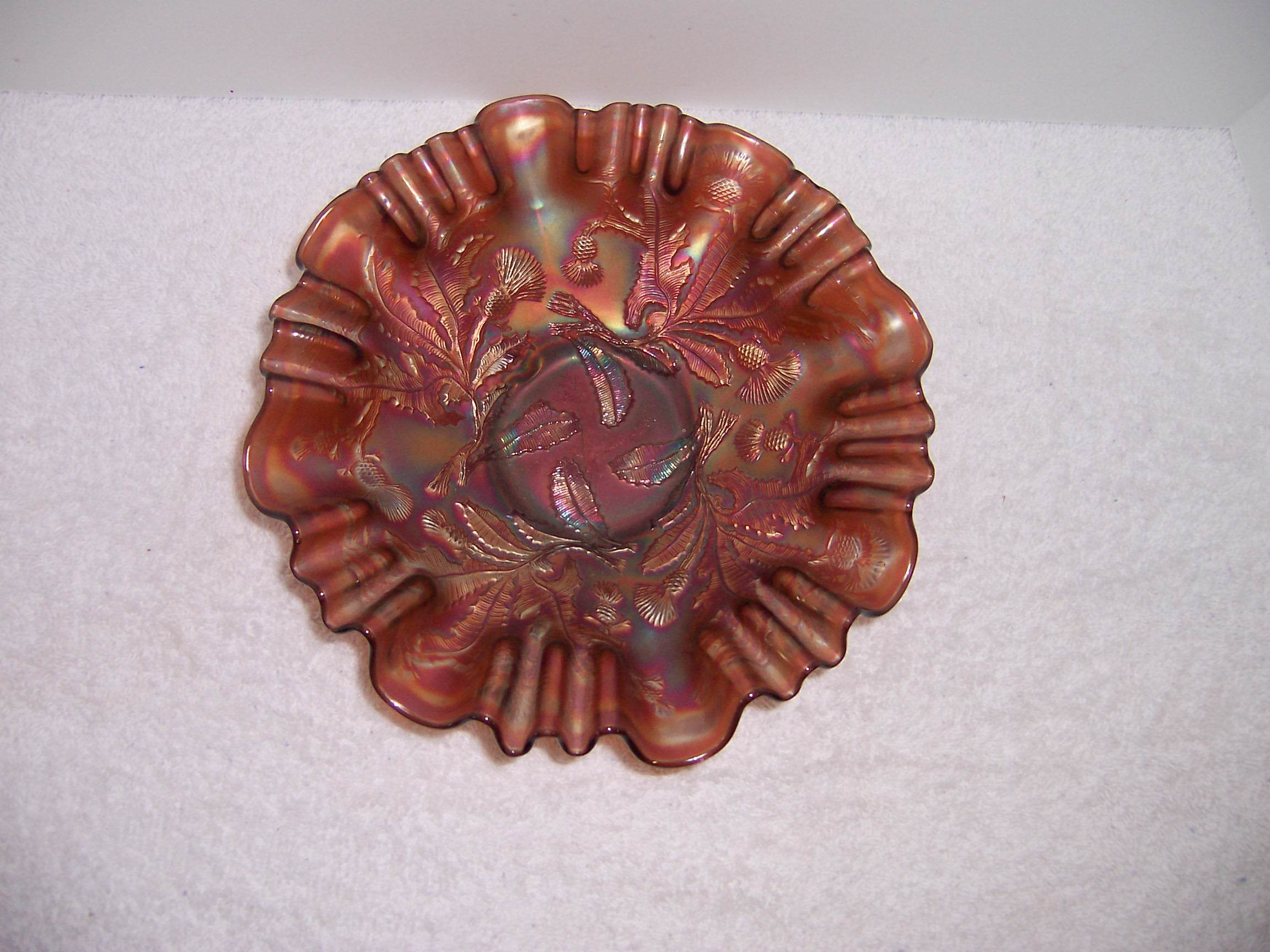 Fenton Carnival Glass Thistle Pattern Bowl
Fenton Carnival Glass Thistle Pattern Bowl 

